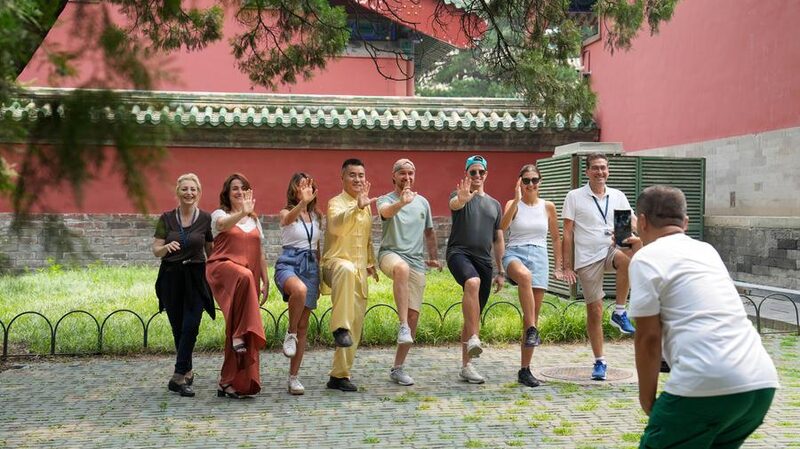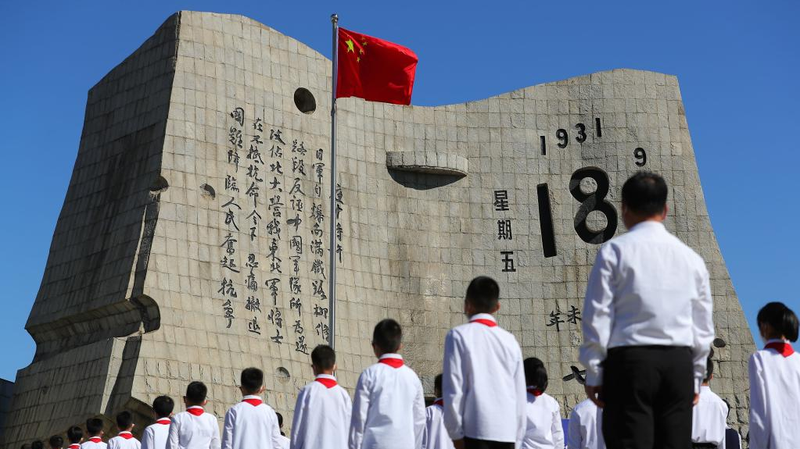As the United States implements restrictive H-1B visa policies, China is positioning itself as a new magnet for global innovation talent with its freshly launched K visa program. Effective October 1, 2025, the initiative targets young scientists, engineers, and tech professionals worldwide, offering streamlined entry without employer sponsorship requirements.
The policy shift arrives weeks after the U.S. introduced a $100,000 application fee for H-1B visas – historically crucial for attracting STEM professionals to American universities and corporations. Analysts note the contrasting approaches reflect competing visions for technological leadership: one nation raising barriers while another dismantles them.
"For decades, America\u2019s innovation ecosystem thrived on global talent," said a Beijing-based policy researcher. "China\u2019s K visa isn\u2019t just filling a vacuum – it\u2019s strategically aligning with their 'Made in China 2025' tech dominance goals."
The move could reshape global talent flows, with Germany, Canada, and the UK also competing for professionals displaced by U.S. restrictions. However, China\u2019s program stands out for its scale and integration with long-term industrial policies, including:
- Direct pathways to research institutions
- Tax incentives for tech startups
- Collaboration opportunities with state-backed innovation hubs
While the U.S. debates the economic impact of its new visa fees, Chinese state media highlights over 10,000 K visa applications processed in the first month – predominantly from India, Southeast Asia, and European tech hubs.
This strategic divergence raises fundamental questions about the future of innovation leadership. As one Silicon Valley venture capitalist noted: "Talent follows opportunity. If China creates the right ecosystem, geography becomes secondary."
Reference(s):
cgtn.com








